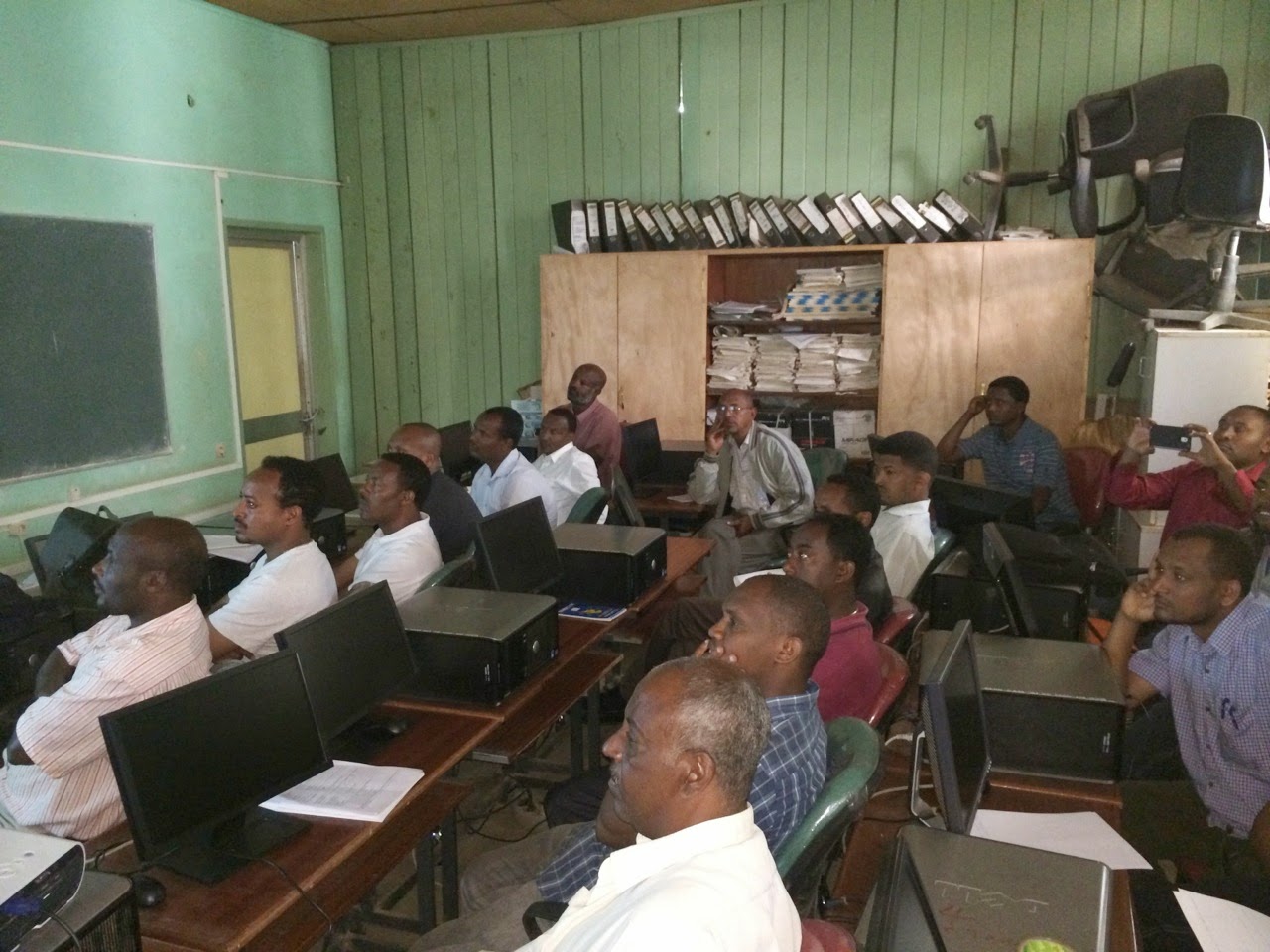On Wednesday, the staff of Sodankylä Geophysical Observatory spent a recreational day in Ahvenlampi, in Luosto. In Finnish, this is called virkistyspäivä. Weather permitting, outdoor activities are particularly popular in all seasons for such occasions.
Luckily, this was a dry day with slightly positive temperatures, which was particularly well suited for a treasure hunt designed in the same spirit as geocaching during the morning. The staff members were divided into three teams and had to find hints hidden around the pond.
On their way, they collected sausage sticks, blue wool thread and some metal wire, which they needed to use to "fish" one of the last hints.
Team work was strongly required to collect the final box containing the indications to find the treasure, which consisted in tikkupulla dough and The Password for lunch.
 |
| The Virkistelijät team listening to the instructions before departure Photo: M. Grandin |
 |
| The Geotupeltajat team fishing Photo: M. Grandin |
 |
| The Ryhmärymy team reaching the final box Photo: M. Grandin |
During the afternoon, the teams took part in a competition including several activities such as rubber boot throwing and a potato-in-a-spoon-in-the-mouth relay race.
 |
| The spoon-and-potato relay race Photo: M. Grandin |
After the competition, the participants all went to the laavu where they had coffee and made the tikkupullat ("stick buns", cooked above the fire). The final task consisted in a quiz about the observatory staff members, after which the points earned by each team were counted.
This was a really pleasant and refreshing day, for which we warmly thank the best organiser ever, Iina Sirviö, who did a great job to make this event so memorable!















































